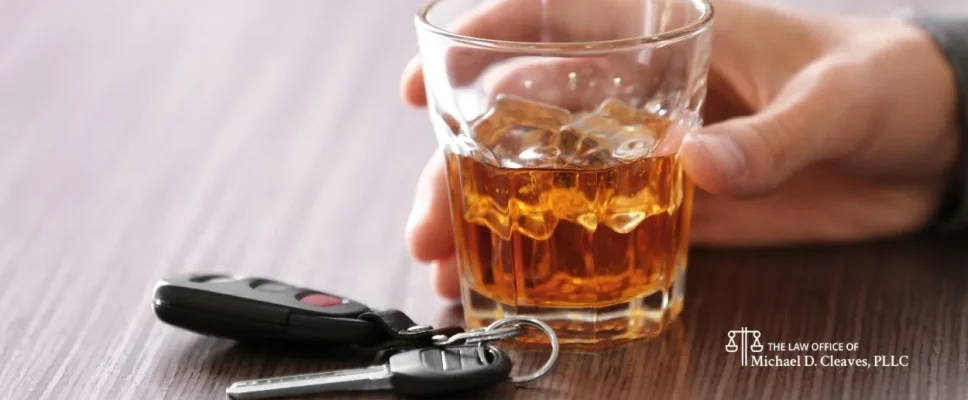How does your BAC affect your driving?

How does your BAC affect your driving?
When you think of a DWI, do you automatically think about a high blood alcohol concentration? About 29 people die per day in a motor vehicle accident because of an impaired driver but driving while impaired may refer to more than just driving when you drink past the legal limit.
You might be wondering, “How does your BAC affect your driving?” According to the CDC, BAC affects mood and coordination at a variety of levels.
After two drinks
Two drinks raise your BAC to .02%. At two drinks, you can no longer track moving targets rapidly and multi-tasking becomes even more difficult. When driving, you do not need to be in a relaxed state with reduced judgment.
After three drinks
After about three drinks, your BAC may be around .05%. Even after three drinks, steering becomes difficult and you may feel unable to track moving objects. At three drinks, you begin to lose your inhibition and may become more exaggerated in your behavior. To drive after three drinks can lead to an accident because you cannot react to situations quickly enough.
After four drinks
After about four drinks, your BAC may be about .08%. At this point, you may find it difficult to concentrate, control your speed or process visual or auditory signals.
Physically, you may have a slowed reaction time. If another vehicle brakes quickly, you may not have time to stop before a collision. Dangerous situations become difficult to detect and you may have reduced reasoning skills.
In the U.S., a standard drink consists of about 14 grams of alcohol. 14 grams of alcohol may be present in 12 ounces of beer, an ounce and a half of whiskey or eight ounces of wine.
See related post:
Get In Touch With Us
Fields Marked With An “*” Are Required
© 2025 The Law Office of Michael D. Cleaves, PLLC • All rights reserved.


